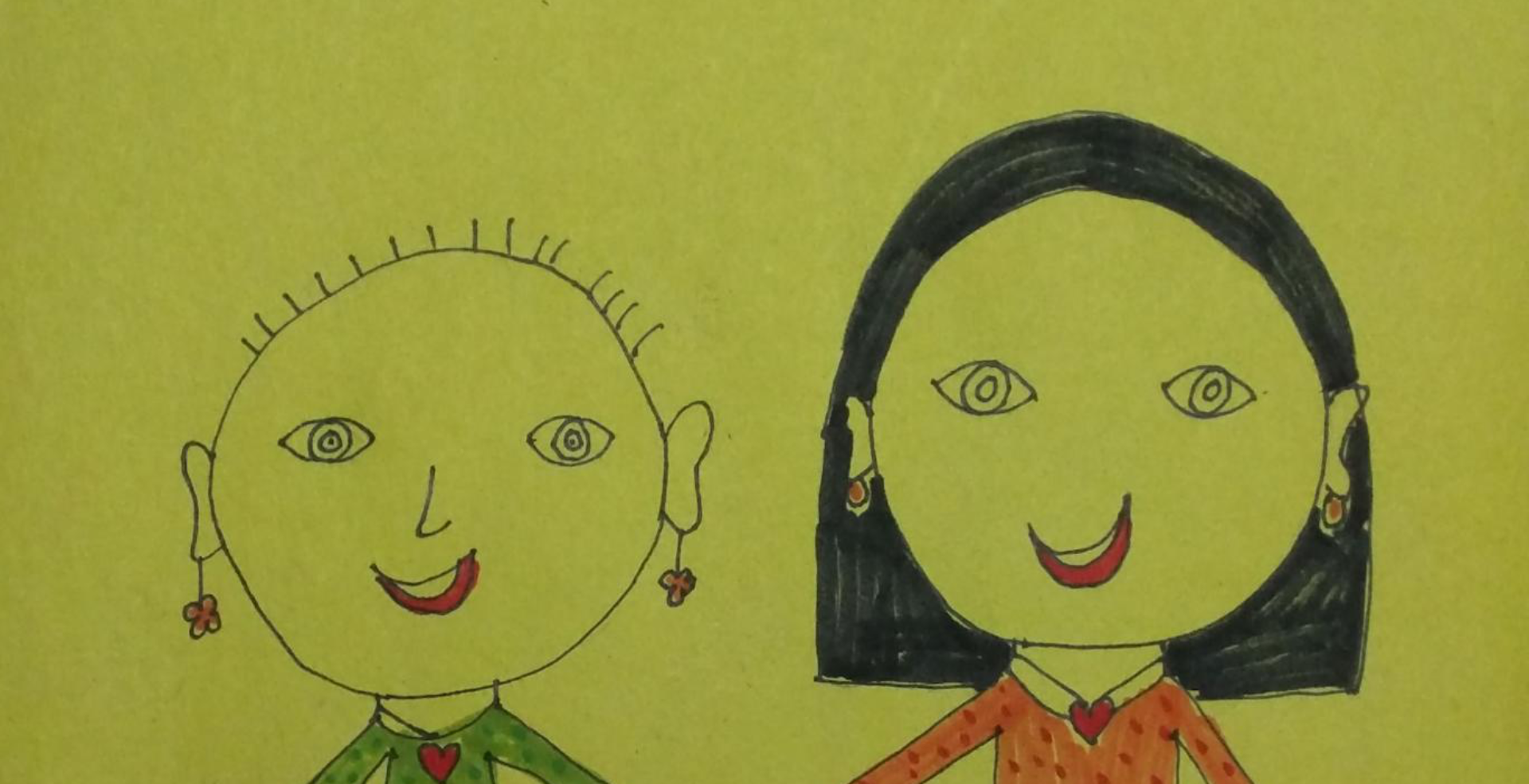Books are a true loyal friend…

During the induction phase, amidst all the chaos, our daughter cheered up when she saw a book with her name on it. The book was about a young kid who was a refugee. Although his life was hard, he loved helping his friends and family. One day, he found a pair of magic eyeglasses through which he could see sparks around some people. Curious to learn about them, he later discovered that whenever people helped without expecting anything in return, these sparks appeared magically. The boy was thrilled and eventually became a spark collector, who’ld help everyone around, and use the sparks to brighten the hearts of those in need…
Our kid loved this story. She would read this book again and again, especially during the port accesses, dressing changes, or other medical rituals that scared her. It had a strange, calming effect on her. She wasn’t reading much except for this book…
When we transitioned back home after one month at the hospital, she had frequent violent and emotional meltdowns from the steroids, trauma of hospitalization, hair loss etc. The doctors insisted on setting and following the same rules for acceptable behavior as we would if she were normal and off-treatment.
All that sounds good in principle, but how do you set and enforce rules for a kid whose life is already severely restricted?
Books to the rescue! We started reading toddler books like “Little dinos don’t yell”, “Calm down time”, “Little monkey calms down”, “Little dinos don’t hit”. These books gently reminded her of acceptable behavior, e.g., take a deep breath, count 1-2-3, go to a cool down spot, play with stuffed toys, read a favorite book, sing a quiet song, hug us and discuss her feelings with us. We also made up funny songs with these rules, and sang them to help her remember good ways to cope with the stress…
We had an aha moment when we discovered the first Berenstain Bears book. Her home school teacher brought a couple from the library, and our kid loved it. We ordered the full set of 30 odd books. The bear family was fun. The bear cubs ran into similar challenges like us — watching too much TV; eating junk food; forgetting manners; learning to be brave, kind, respectful, speaking the truth; avoiding gimmies; playing fair. We started by reading one book every night. She fell in love with these books. She was so amused with the book, “The Berenstain bears forget their manners”, that she read it to us over 3 times in just a day. We even tried making a set of golden rules for our family 😉
A fun facet is that most of these books come with stickers. As seen in this post, our kid loved stickers. After reading each book, she’ld pick a sticker and paste it in her chart. She loved these books and stickers so much, that sometimes she would read 2-3 books in one night!
Upon finishing 30 Berenstain bear books, she was mighty thrilled to earn a golden trophy sticker. Beyond improving her reading skills, more importantly for us, these books were a fun way to reinforce good habits and values. Indeed, we started seeing a gradual improvement in her attitude. We owe a lot to the Berenstain Bears family 🙂
It was time to try chapter books. Since this was a significant step up from the picture books she was reading, we incentivized her with a golden trophy sticker for each chapter book that she completed. She received a couple of Fancy Nancy chapter books as gifts around Christmas time. She liked the books on Super Sleuth, and Soccer Mania. We then experimented with more books, on ponies, princesses etc. She’s now reading Charlotte’s web and loves it. It’s a bigger book, and is taking us much longer to read, but she’s enjoying it so far.
Like Belle from “Beauty and the Beast” who loved to read books, our kid has now fallen in love with books, and finds the much needed comfort and room for imagination. Indeed, books are a true and loyal friend!























